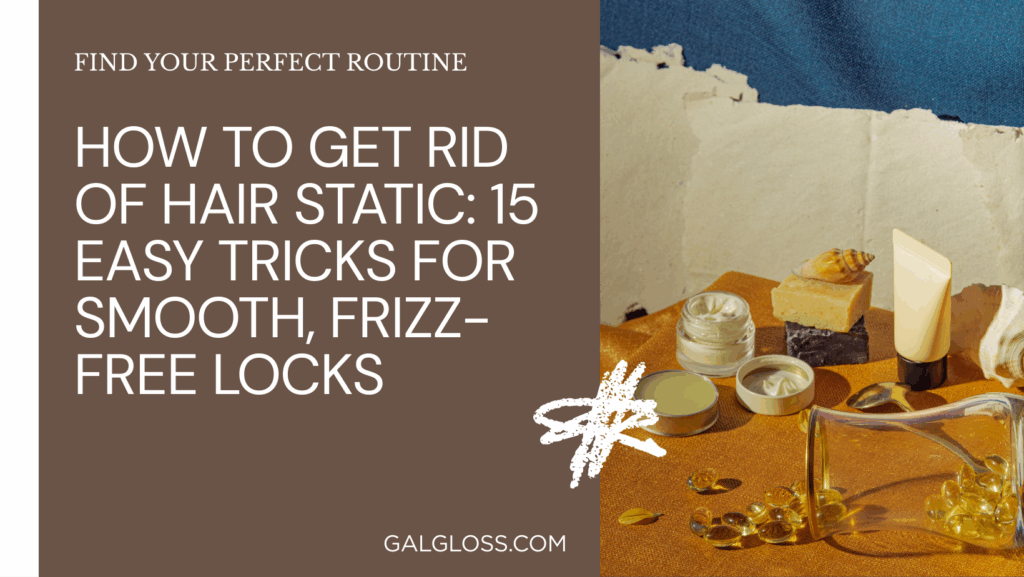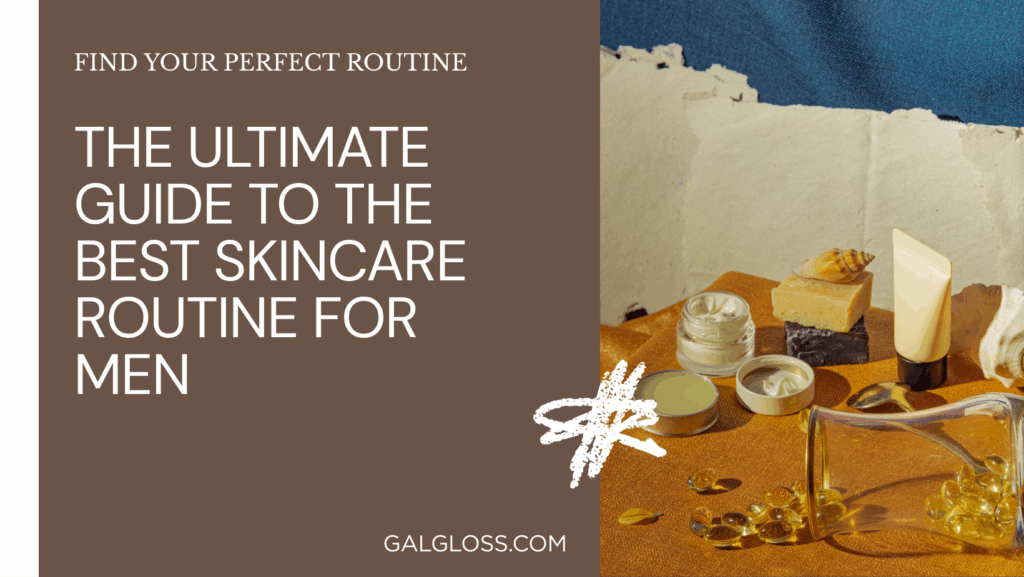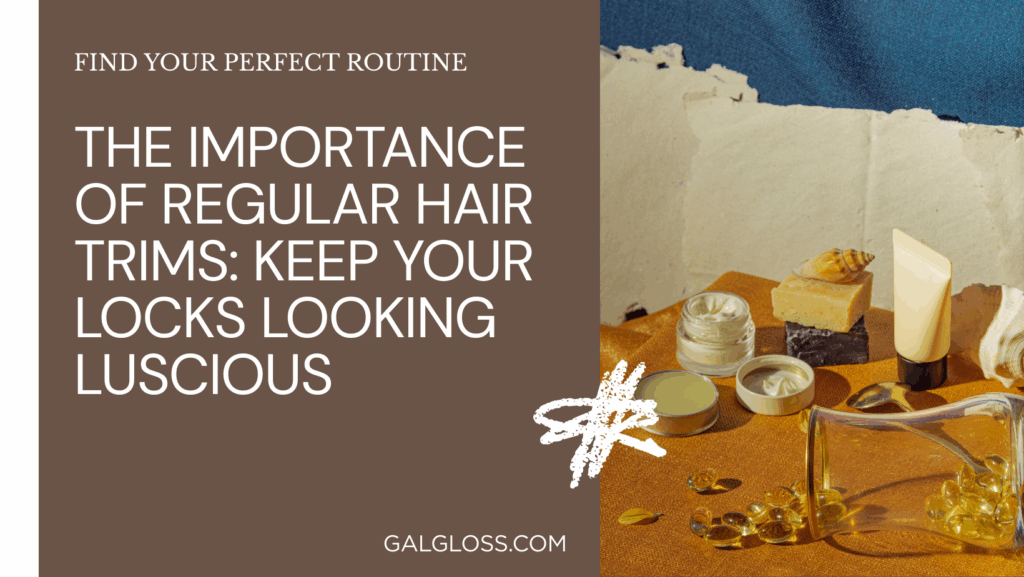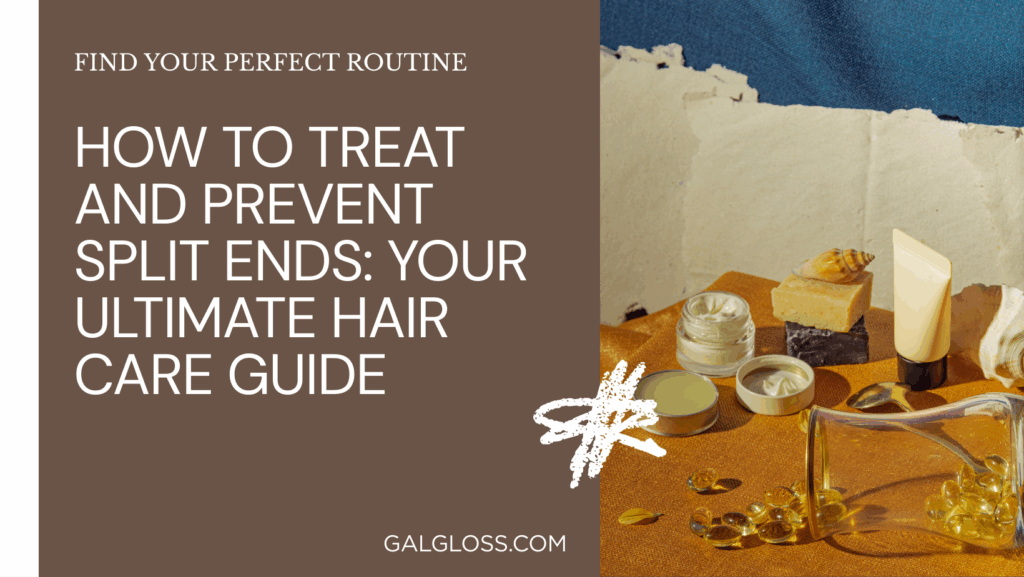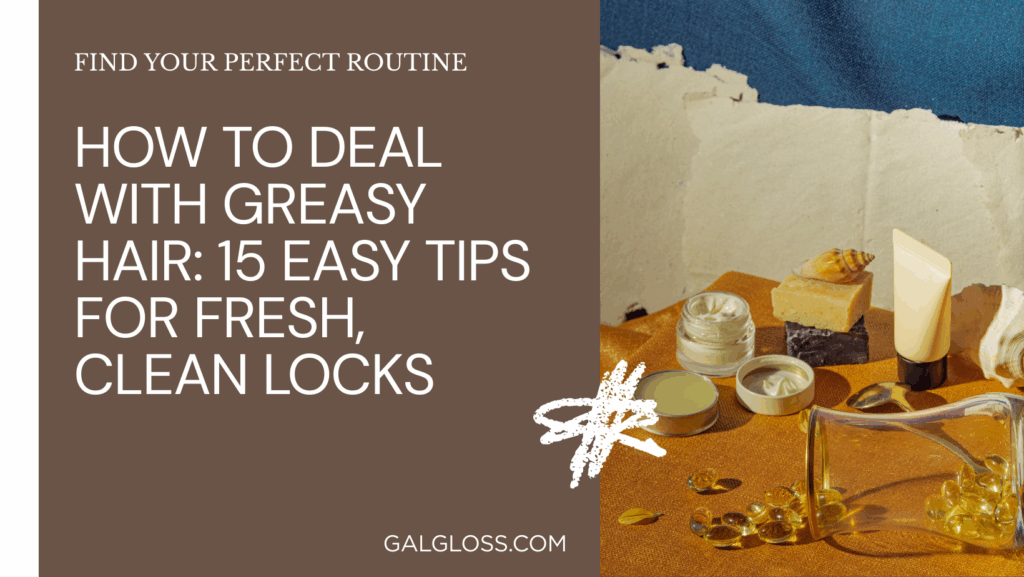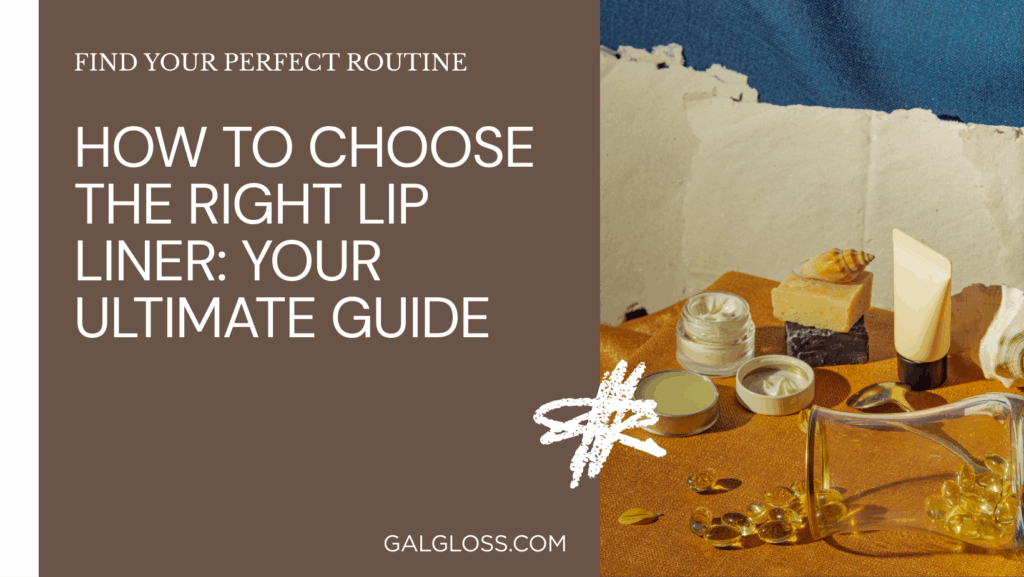Ever stood in the hair care aisle, feeling overwhelmed by the sea of brushes before you? You’re not alone! Picking the perfect hair brush might seem like a trivial task, but trust me, it’s a game-changer for your locks. The right brush can be the difference between a good hair day and a great one. It’s not just about taming those pesky flyaways – it’s about nurturing your hair from root to tip.
In this guide, we’re going to unravel the mystery of hair brushes. We’ll explore everything from understanding your unique hair type to matching it with its brush soulmate. Whether you’re rocking pin-straight strands or embracing your coily crown, we’ve got you covered.
Understanding Your Hair Type
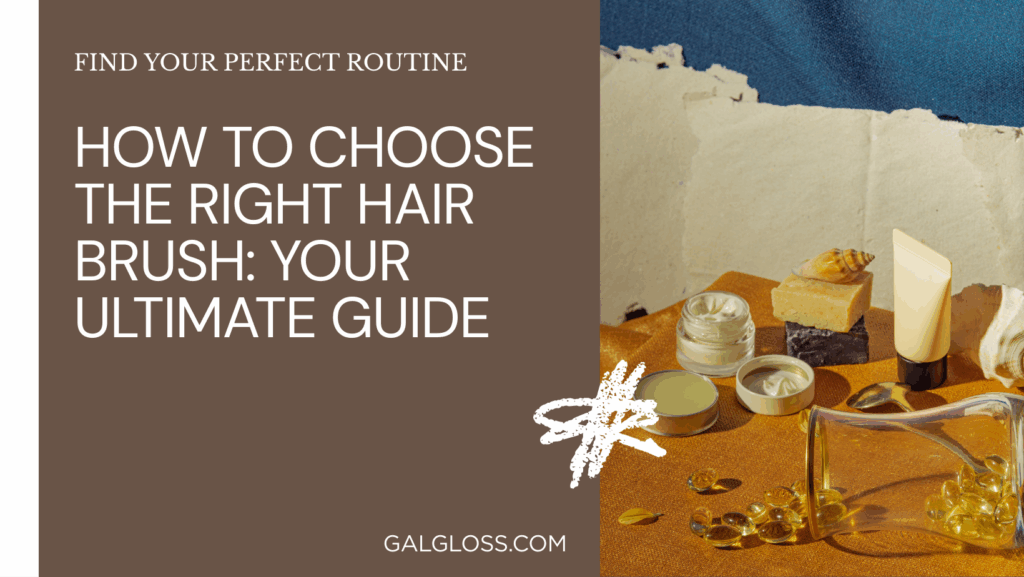
Before we dive into the world of brushes, let’s talk about your hair. It’s as unique as you are! Hair types generally fall into four categories:
- Straight
- Wavy
- Curly
- Coily
But that’s not all. We also need to consider:
- Texture (fine, medium, thick)
- Concerns (frizz, tangles, breakage)
Knowing your hair type is like having a roadmap. It guides you to the tools that’ll work best for you. For instance, if you’ve got fine, straight hair, you’ll need a different brush than someone with thick, coily locks.
Types of Hair Brushes
Now, let’s meet the stars of our show – the brushes! Each type has its own superpower:
Paddle Brushes
These are the all-rounders of the brush world. With a wide, flat base, they’re great for detangling and smoothing most hair types.
Round Brushes
The secret weapon for voluminous blowouts. They come in different sizes – the larger the brush, the more volume and curl you’ll create.
Detangling Brushes
These gentle souls are designed to glide through wet or dry hair without causing breakage. They’re a godsend for those prone to knots.
Vent Brushes
With spaces between the bristles, these brushes allow air to flow through, making them perfect for quick blow-drying sessions.
Boar Bristle Brushes
Natural boar bristles are excellent at distributing your scalp’s oils throughout your hair, leaving it shiny and healthy.
Wet Brushes
Specially designed to be gentle on wet hair, which is when your strands are most vulnerable to breakage.
Teasing Brushes
These create volume at the roots. They’re the go-to for adding some oomph to your style.
Matching Brush Types to Hair Types
Here’s where the magic happens. Let’s play matchmaker:
- Straight Hair: Paddle brushes and boar bristle brushes are your best friends. They’ll keep your hair smooth and shiny.
- Wavy Hair: Wide-tooth combs for detangling, and round brushes for styling. A paddle brush can help smooth your waves when you want a straighter look.
- Curly Hair: Detangling brushes are crucial. Use them on wet hair with conditioner to gently work out knots. For styling, try a Denman brush to define those curls.
- Coily/Kinky Hair: Wide-tooth combs and detangling brushes are essential. Look for brushes with widely-spaced, flexible bristles to prevent breakage.
Remember, these are guidelines, not rules. Your hair is unique, so don’t be afraid to experiment!
Brush Materials and Their Benefits
The materials used in your brush can make a big difference:
Natural vs. Synthetic Bristles
- Natural Bristles (like boar): Great for distributing oils, adding shine, and smoothing hair. They’re especially good for fine to normal hair.
- Synthetic Bristles: Often more durable and easier to clean. They’re better for thick or coarse hair as they’re stronger.
Handle Materials
- Wood: Durable and often eco-friendly. They can be gentler on wet hair as they don’t conduct heat.
- Plastic: Lightweight and often more affordable. Some are heat-resistant, making them good for use with hair dryers.
Ceramic vs. Ionic Technology
- Ceramic: Distributes heat evenly, reducing damage during blow-drying.
- Ionic: Helps reduce frizz and static, leaving hair smoother and shinier.
Special Considerations
Fine or Thinning Hair
Opt for soft, natural bristles. They’re gentler on the scalp and won’t pull out fragile hairs. A brush with widely-spaced bristles can make your hair look fuller.
Thick or Coarse Hair
Look for sturdy brushes with strong bristles. A mix of nylon and boar bristles can be effective for detangling and smoothing.
Extensions or Wigs
Use a loop brush or a special extension brush. These have looped bristles that won’t catch or pull on the attachments.
How to Use Different Brushes
Technique matters as much as the brush itself:
- Always start at the ends: Work your way up to the roots to minimize breakage.
- Be gentle: Hair is most vulnerable when wet. Use a wide-tooth comb or wet brush on damp hair.
- For volume: Use a round brush while blow-drying, lifting at the roots.
- For smoothing: Use a paddle brush, brushing from roots to ends.
Caring for Your Hair Brush
A clean brush is a happy brush:
- Remove hair after each use.
- Wash your brush every 2-3 weeks with warm, soapy water.
- Let it air dry, bristles down.
- Replace your brush when bristles start falling out or become misshapen.
Common Mistakes to Avoid
- Using the wrong brush for your hair type: It can lead to breakage and damage.
- Over-brushing: 100 strokes a day is a myth! Brush only as needed.
- Brushing wet hair with the wrong tool: Stick to wide-tooth combs or wet brushes.
- Neglecting brush hygiene: A dirty brush can redeposit oil and product buildup onto clean hair.
Expert Tips and Tricks
- Combine brushes: Use a detangling brush first, then follow with a boar bristle brush for shine.
- Brush before washing: This helps distribute natural oils and can prevent tangling during washing.
- Use brushes for more than just hair: A soft bristle brush can help exfoliate your scalp during washing.
Conclusion
Choosing the right hair brush isn’t rocket science, but it does require a bit of know-how. By understanding your hair type and the different brush options available, you’re well on your way to healthier, happier hair.
Remember, the perfect brush for you might not be the same as your best friend’s. It’s all about finding what works for your unique locks. Don’t be afraid to experiment with different types – your dream brush is out there!
Investing time in choosing the right brush and learning proper brushing techniques can transform your hair care routine. It’s not just about detangling; it’s about nurturing your hair, enhancing its natural beauty, and even promoting scalp health.
So the next time you’re standing in that hair care aisle, you’ll be armed with knowledge. You’ll know exactly what to look for in a brush that’ll be your hair’s new best friend. Here’s to good hair days, every day!
FAQs
Q: Can I use the same brush for wet and dry hair? A: It’s best to use different brushes. Wet hair is more fragile, so use a wide-tooth comb or a brush specifically designed for wet hair.
Q: How often should I brush my hair? A: It depends on your hair type. Generally, brushing 1-2 times a day is sufficient. Curly hair types may only need to detangle when washing.
Q: Are expensive brushes worth the investment? A: Not always. While some high-end brushes are excellent, there are many affordable options that work great. It’s more important to choose the right type of brush for your hair than to focus solely on price.
Remember, the journey to great hair is a marathon, not a sprint. With the right brush in hand and these tips in mind, you’re well on your way to your best hair yet. Happy brushing!
